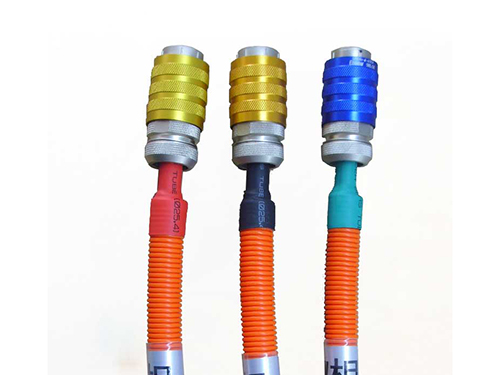Automotive electronic equipment works in the vehicle with changing driving environment. The complexity and variability of electromagnetic energy composition in the environment means that the electromagnetic interference sources of the system are relatively wide. Automotive wiring harness is the main source of electromagnetic interference in the car, and it is often subject to electromagnetic interference. So how to deal with electromagnetic interference is particularly important.
1. Shielding interference source equipment and related wiring harness: the electronic control unit used in the main electronic control system of automobile should be packaged with shielding shell.
2. Increase the filter of the harness: for the longer harness, in order to reduce the conducted and radiated interference, the filter should be added on the harness. It is convenient to connect the appropriate ferrite magnetic ring.
3. Reasonable planning of wiring harness: the wiring harness layout should make the small power sensitive circuit close to the signal source, and the high-power interference circuit should be close to the load. The low-power circuit and the high-power circuit should be separated as far as possible to reduce the inductive interference and radiation interference between the wiring harness.
4. Improve equipment grounding: good grounding arrangement and improved ground connection can reduce high frequency impedance. Automotive electronic equipment grounding is mainly connected to the car body and wire harness shielding layer.
Reduce the area of interference received by the harness: the harness should be designed with the minimum length, minimum impedance and minimum loop area. It is better to adopt the power supply mode with small loop area such as twisted pair. Increase the distance from the equipment to the interference source: under the condition of unchanged interference equipment layout, the installation position of sensitive components shall be modified to increase the distance to the interference source.


 +86-769-38866368
+86-769-38866368











